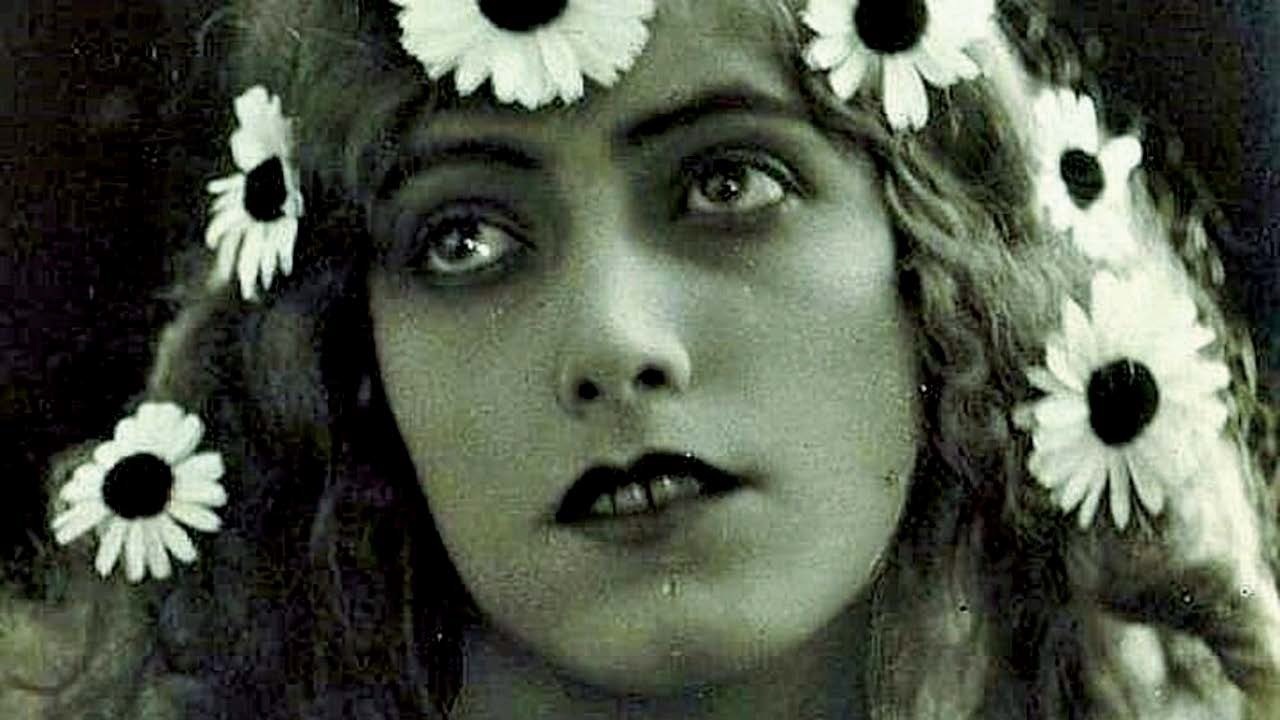Luigi Maggi was born in Turin on December 21, 1867. He started out as a typographer, then became an actor and director of amateur theater in his native city. In 1906, Arturo Ambrosio hired him as an actor and director for the Ambrosio Film production company. He specialized in historical dramas and had his first big success with The Last Days of Pompeii, co-directed with Arturo Ambrosio, in 1908. In 1911, the two men collaborated again on The Golden Wedding, which won a prize at the Universal Exhibition. Luigi Maggi then shot Satan (1912), a feature film in four parts, each set in a different era, and then co-directed several films in the “Maciste” series from 1916. La Bambola vivente (1925) was his last film and one of the first science fiction films in Italy. After this project, he abandoned the seventh art to return to the theater and created radio plays until his death in 1946.
La Bambola Vivente
Source of 35 mm copy is a Fondazione Centro Sperimentale di Cinematografia - Cineteca Nazionale (Rome) A scientist builds a robot using his daughter as a model. When the automaton is stolen by an unscrupulous assistant, the girl pretends to be the "living doll" in order to avoid disappointing her father.



